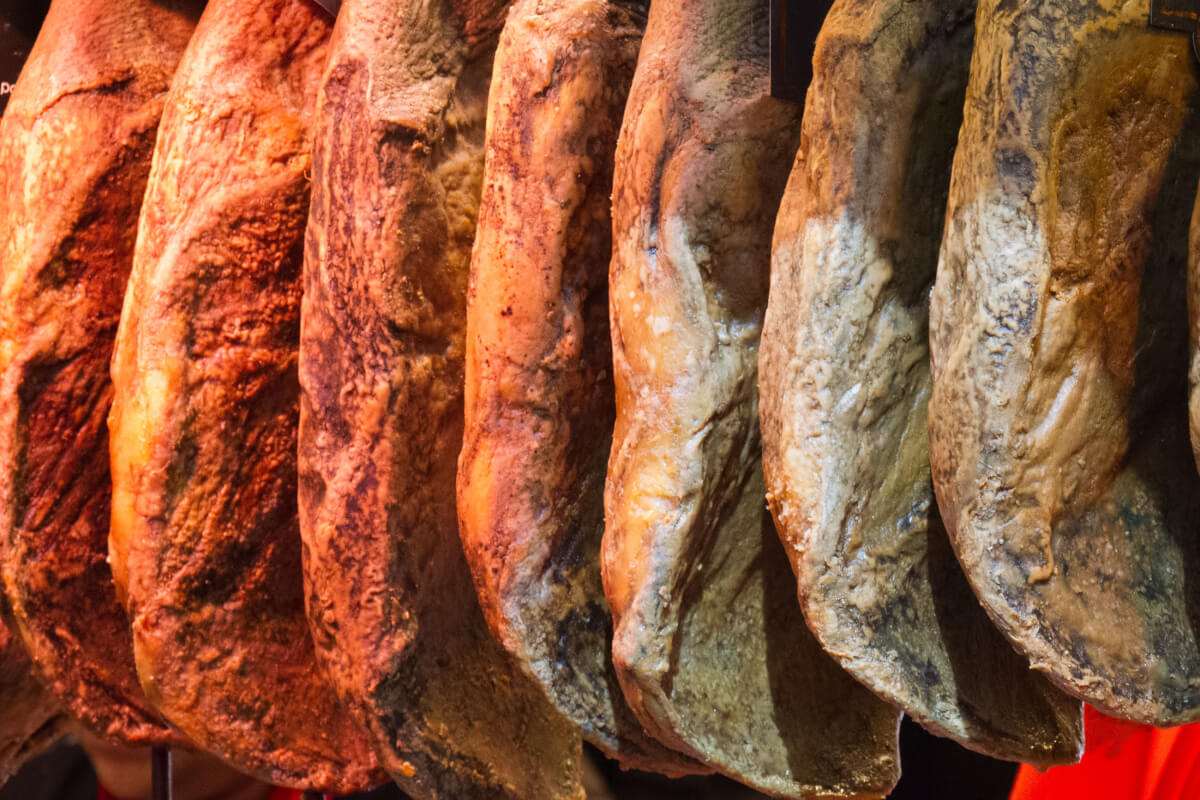Smoking, like canning and brining, is one of the methods to preserve meat that people used before the refrigerator was invented. Smoking meat for preservation not only provided a way to extend the shelf life of meat, but it also gives it a nice and distinct flavor.

In a situation where you might find yourself with limited resources (power’s out and/or the gas lines are down), available food products could spoil more easily and replenishing supplies will be difficult. Hence, learning at least one method of preserving food is important.
Here are the basic steps for how to smoke cure meat:
1. Prepare Everything You Need
To smoke meat, you’ll need to have some wood chips, a smoker, and utensils to cut the meat into size. Depending on the recipe and how long you’ll need to preserve the meat, you may also consider adding salt and spices into the list.

2. Make a Smoker
While a pit and some wood will suffice in some instances, there are other kinds of smokers to choose from:
- Water Smoker: allows you to smoke meat for longer periods, with the water allowing for lower but more even air temperature inside the smoker.
- Gas Smoker: They’re easy to use and will usually cook meat faster without having to monitor the temperature constantly, but they provide less flavor compared to traditional smoking.
- Electric Smoker: Electric smokers are the easiest way to smoke meat. Just put the meat inside, turn the smoker on, and get back to it when it’s done. While convenient, electric smokers can be expensive, and often don’t provide the flavor that you’d usually associate with smoked meat. Another caveat to electric smokers is they require electricity, so if the power’s out and you have no way to generate power, they’re useless.
Using Wood Chips
No matter which kind of smoker you choose, you’ll be using wood chips to produce smoke. The type of wood will determine the “flavor”, and some types pair better with certain types of meat.
Alder, apple, cedar, cherry, hickory and mesquite are often used, but there are more that you can choose from and you can experiment with mixing together different types of wood.
Just stay away from conifers or any wood that’s treated or painted- they contain toxic materials and can contaminate the food you’re trying to preserve.
3. Prepare the Meat
While many types of animal meat (beef, pork, poultry and fish) can be smoked, some cuts provide better results than others- like drumsticks, ribs and briskets. You can marinate or rub the meat with salt and spices for more flavor, draw the moisture out, and extend its shelf life by inhibiting the growth of pathogens.
Cut the meat into quarter-inch strips and trim the fat. Aside from cutting them to size, you’ll also have to strip off the skin, gristle and bone.
Rub some salt on the surface of the meat then set it aside. If it’s taken from the fridge, you’ll have to set it out until it’s at room temperature before preparing it.

4. De-Hydrate
Skewer the strips of meat and put them a couple of feet above a hot bed of coals. Don’t let them sit for too long.
Your objective during this step is not to cook them, but to take out the moisture and some of the bacteria in it and help keep it from spoiling too soon.
An advantage to including curing in your smoking method is the extended shelf life for meat. In some cases, smoked meat that has been cured will last for a year or more.
5. Smoke It
Depending on the smoker and recipe you’re using, smoking times will vary. However, it’s important to note that you shouldn’t smoke the meat by placing it directly over your heat source or else it will cook too quickly.
Once your smoker is running and it reaches the right temperature, add the meat and smoke until done. You’ll know it’s ready and dry enough when the meat cracks (instead of being supple) when you bend it.
After the meat’s done, you’ll still have to store it properly to make sure it doesn’t get contaminated. While it will last longer than non-smoked meat, it doesn’t mean it will last forever, especially if it’s not cured.
Freeze Your Smoked Meat
Freeze your smoked meat, or at least put it in vacuum-sealed bags. Non-cured smoked meat should last for a couple of hours. Whereas, cured meat can last for up to a year with the right preparation, smoking method and storage.
After you have learned how to preserve meat by smoking, you may find you’ll want to do this in more than just survival situations.


